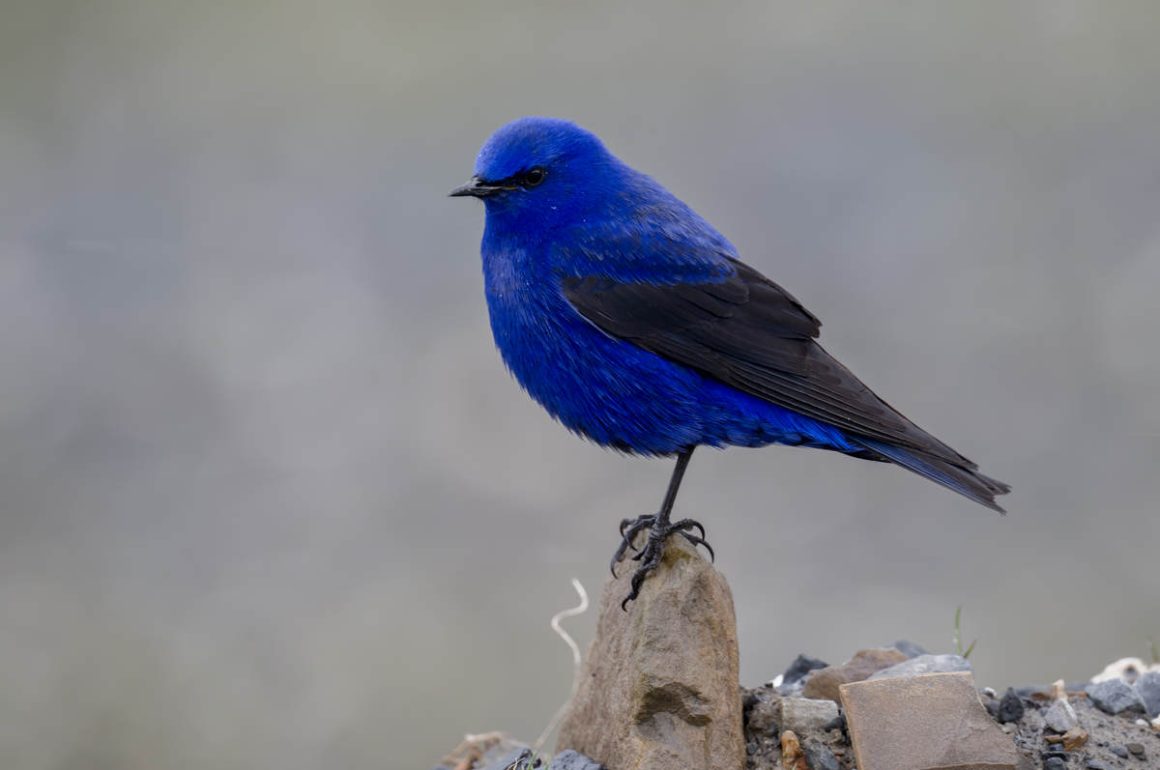
Balangshan – slightly below the pass at 4500 meters – seems to be a good place to see Grandalas, at least in summer. And they are a species well worth seeing, at least (sexism alert) the males.
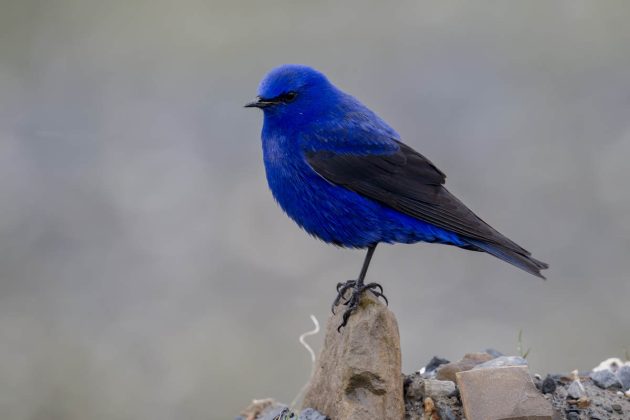
Richard Wagner – of “The Ring” and stupid antisemitism fame – apparently called Beethoven’s 7th symphony (my personal favorite) the “apotheosis of the dance”. That sounds much more educated than “the best or most extreme example of the dance”, even though that is what apotheosis means.
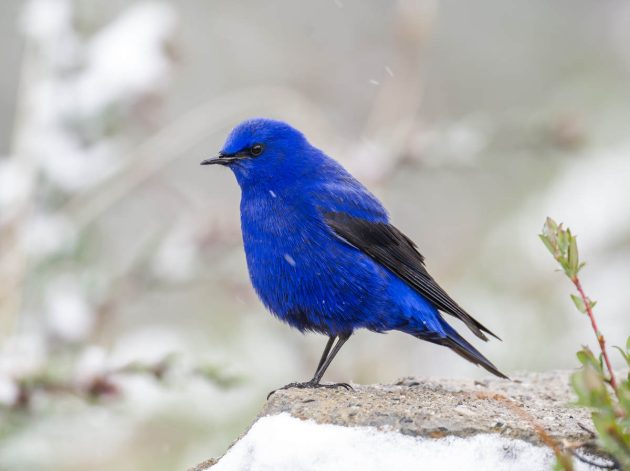
With that – as far as the Grandala is concerned – largely irrelevant information, I would like to introduce the male Grandala as the apotheosis of blue.
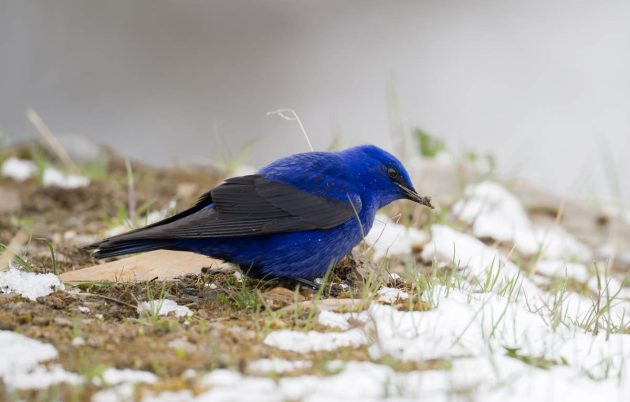
Other reviewers generally agree. eBird states that the species is “unlike any other. Adult male is a deep, almost eye-searing blue with jet-black wings”.
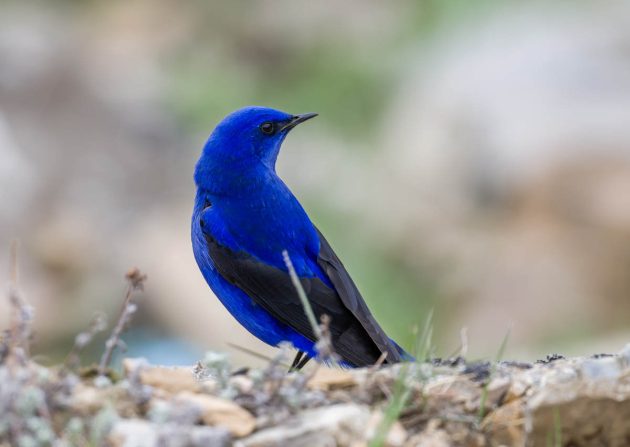
A website with the somewhat puzzling name “roundglass sustain” calls it “a gem of a bird” and expands this to “dazzling blue gem-like birds”. And on Facebook, self-declared “Britt the Bird Expert” describes the Grandala as “a stunningly beautiful bird from the Himalayas”.
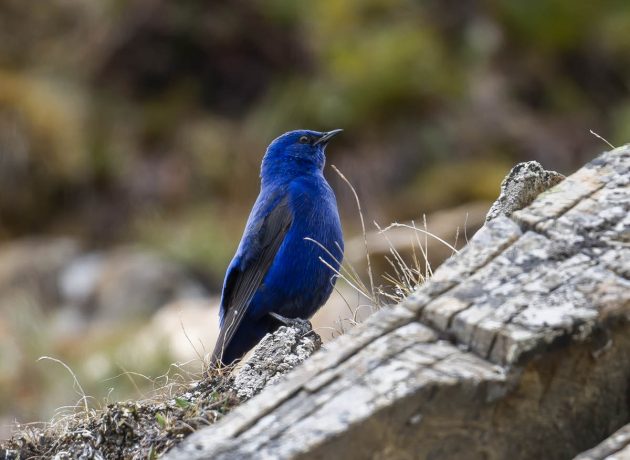
Only Wikipedia manages to describe the species without even a slight hint of enthusiasm. Maybe they focused on the female, which is described as “brownish” (indeed not a ringing endorsement).
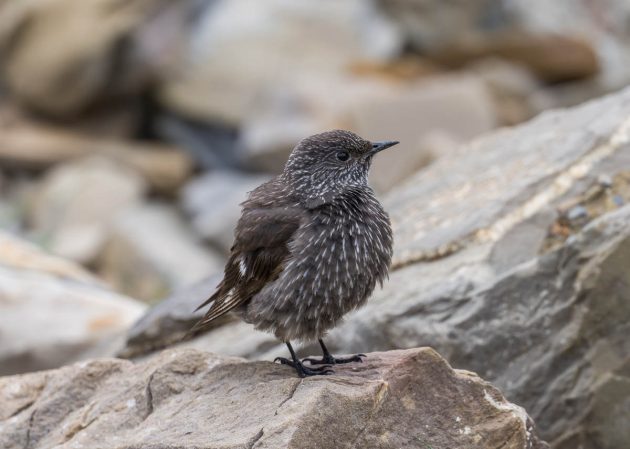
In fact, some male Grandalas complained to me that they are tired of seeing their brownish wives all day – they think that evolution is somewhat sexist, providing only the females with constant attractive sights. But then, males always like to complain anyway.
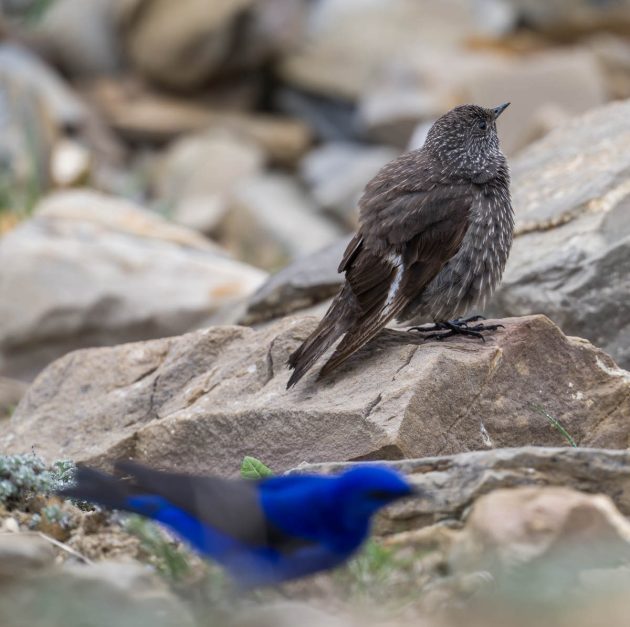
I asked my Tibetan bird guide, Philip from Alpinebirding, whether the Grandala has any specific symbolic meaning or associated mythology in Tibetan culture – surprisingly, it does not. A wasted opportunity, if you ask me – or a chance to make something up in a future post featuring the Grandala.
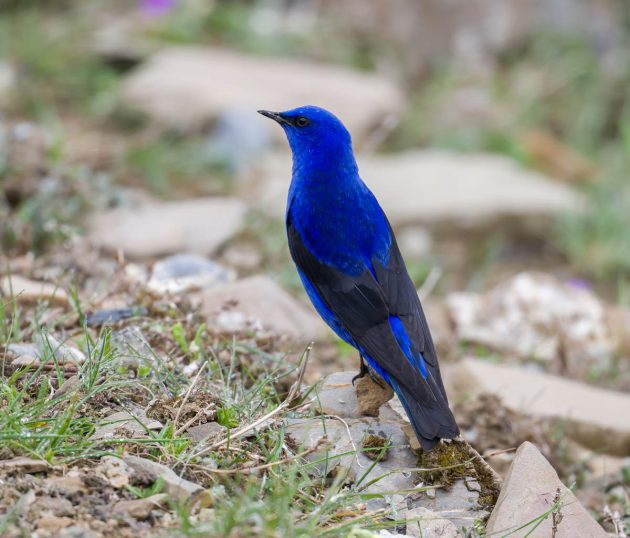
As the Grandala is the only species in its genus, both the genus name Grandala (meaning something like “large wings”) and the species name coelicolor (heaven colored – again referring to the male, unless the weather is very bad, in which the brownish female may also serve as a namesake) are worth explaining.
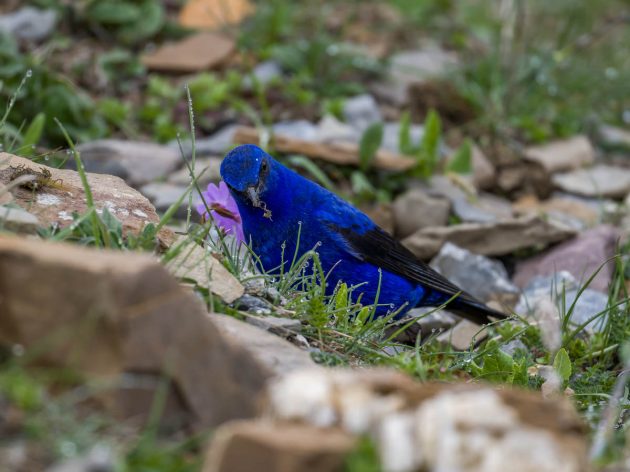
Unlike me but like most Chinese, this is a very social bird – gregarious being the slightly more high-brow term used by the HBW. In winter, they are often found in huge flocks, something that my photos absolutely fail to demonstrate. Well, they were taken in summer.
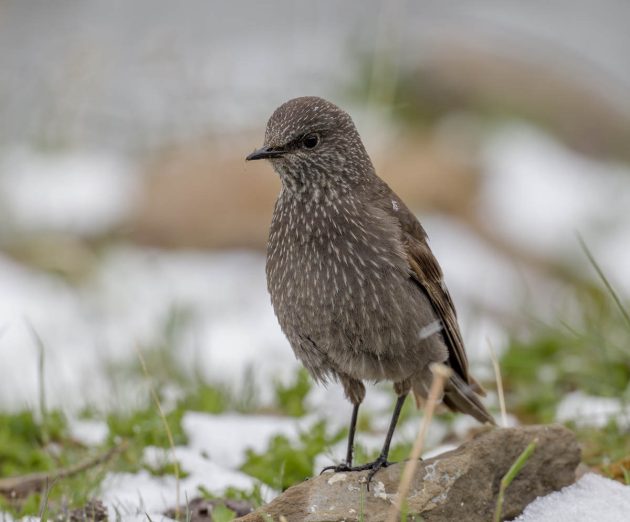
If all this is too positive for you, why not study a paper titled “Debilitating Cutaneous Poxvirus Infection in a […] Grandala”? If you are a serious hypochondriac, maybe you can find some of the symptoms described for the infected bird on yourself.
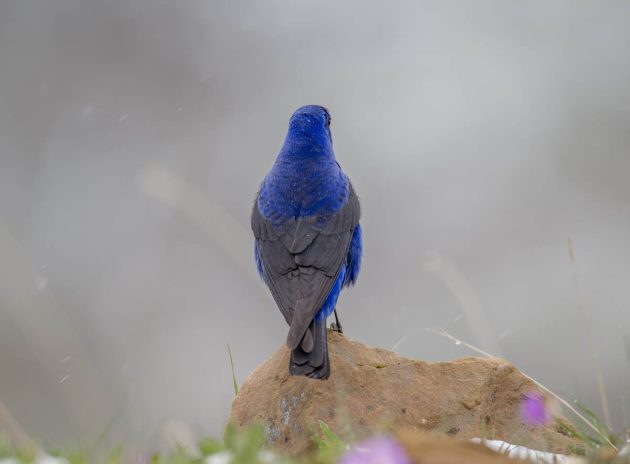
The Grandala is a high-altitude specialist, with the highest breeding recorded at 6600 meters (source). Apparently, the individuals breeding at the highest altitudes are not young or inferior individuals that have been excluded from higher-quality low-elevation habitats – at least based on research on other species.
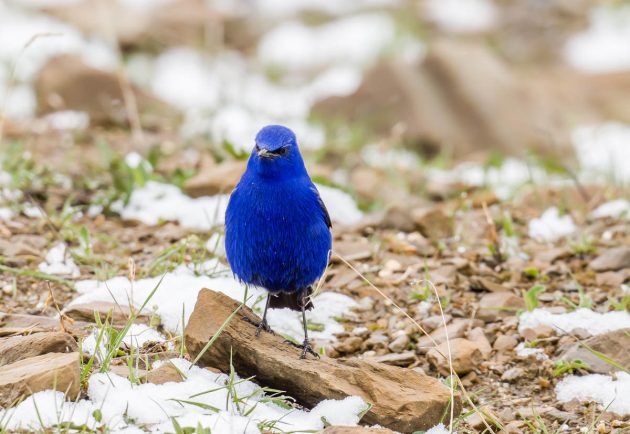
Being a high-altitude specialist means that the Grandala may be affected by climate change, which will likely shift its lower elevation limit upwards. As a consequence, some of the less intelligent Grandalas support Donald Trump as he tells them what they want to hear – that climate change is not a big threat (source).
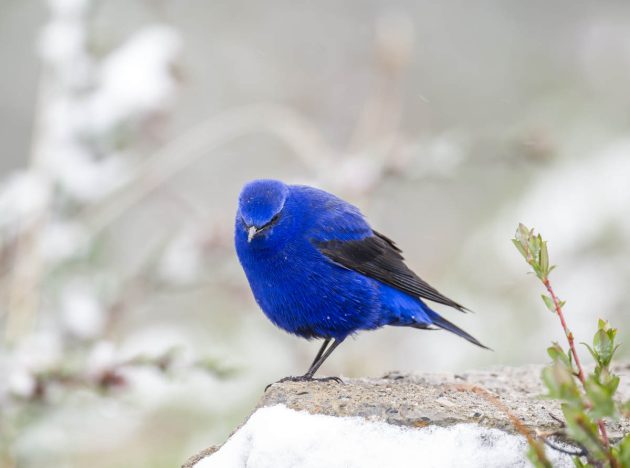
And then there are studies that show that bird species such as the Grandala are well-adapted to their specific environments. Surprise. But then, this is what at least 90% of all natural science is about – proving that the obvious is true.
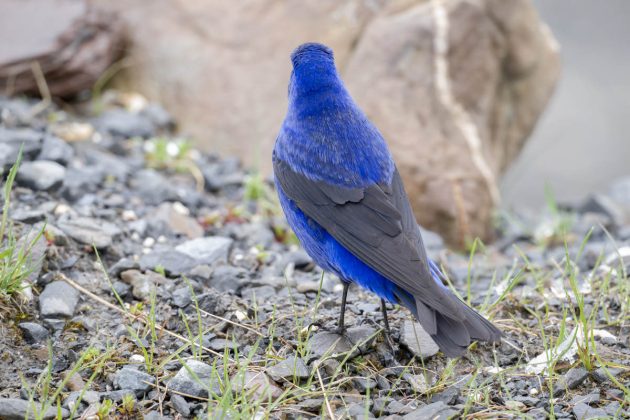










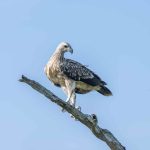
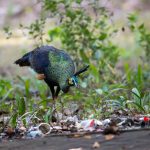

Wow, what a stunning bird. I want to see one (or, even better, a huge flock). Great pictures as usual, Kai.
As usual a great article, with lots of free additional and unrequested information on a variety of subjects. Not always bird related for sure, but this is why we’re reading you Kai!
Many thanks for writing this, and for the pics!
Thanks to both of you for your nice comments!
How cool! A bird I’ve never heard of and a stunner at that. Almost makes a Mountain Bluebird look washed out.